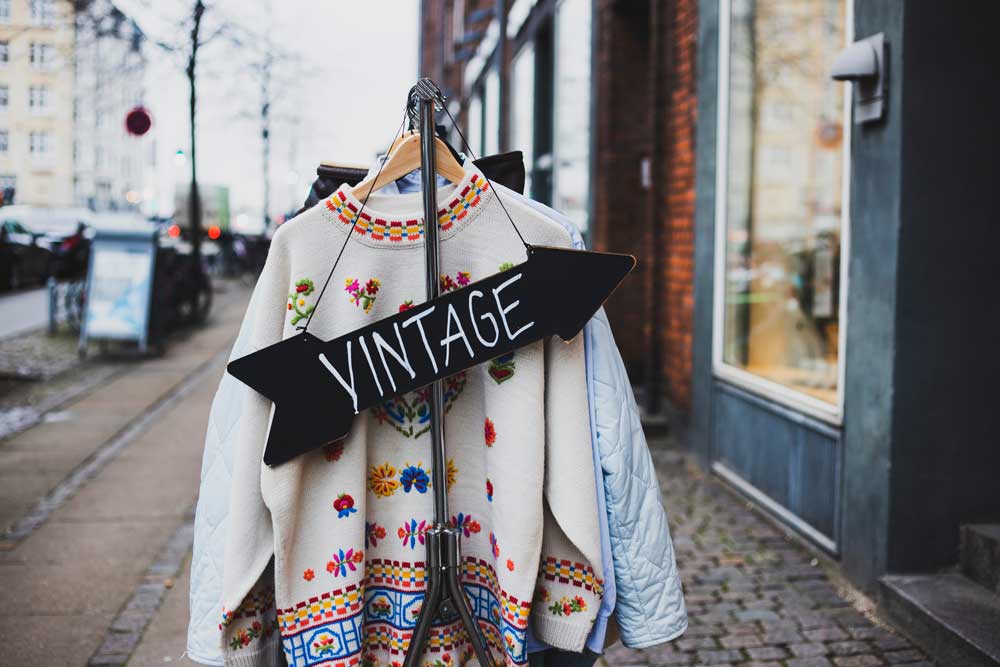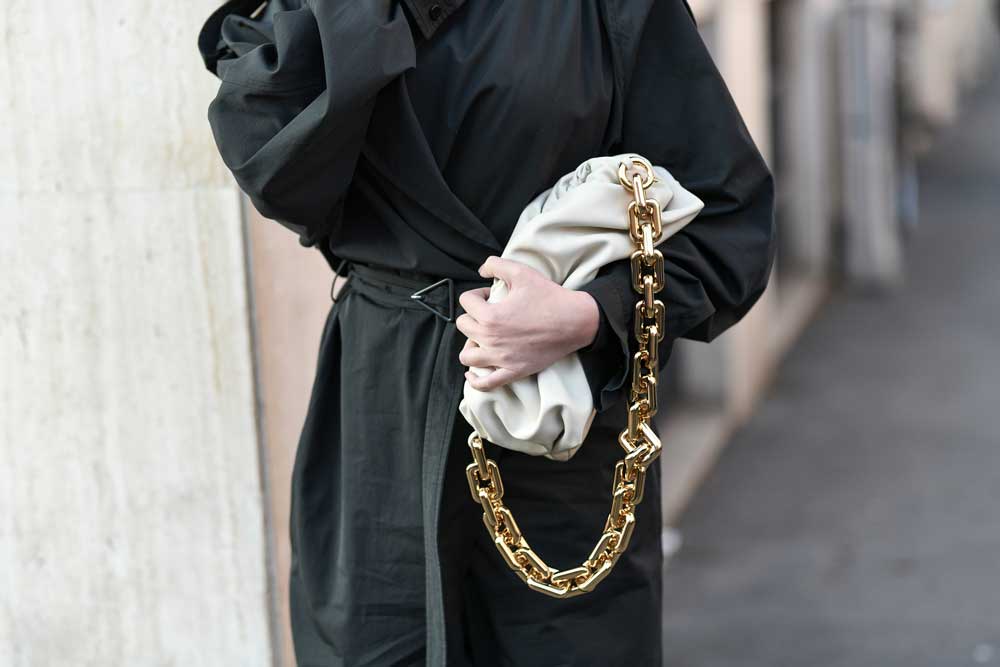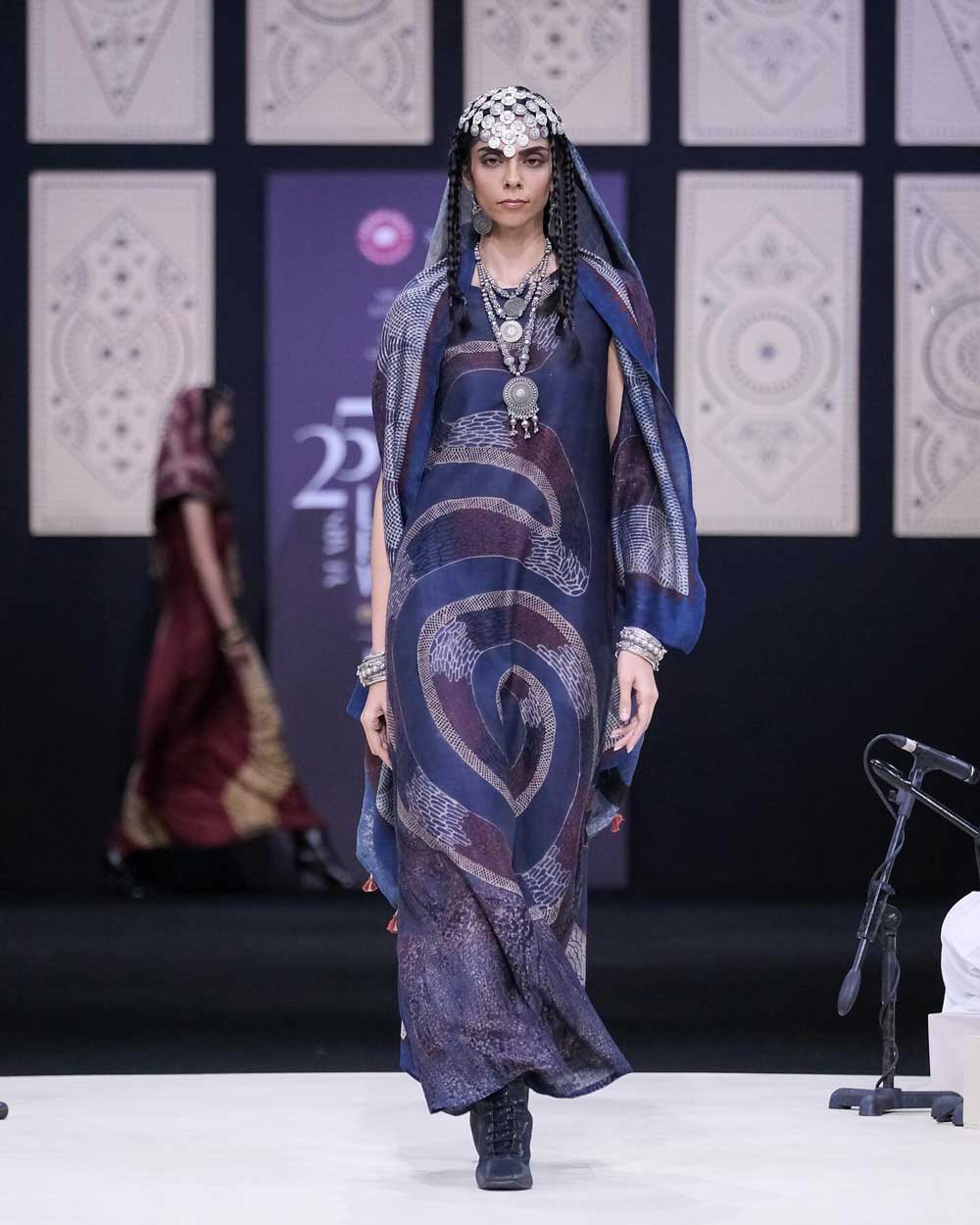Fashion reflects the era we live in and is not only about beauty. What we wear frequently reflects broader financial realities, from hemlines that rise and fall in tandem with stock market changes to the revival of second-hand shopping during recessions. As 2025 approaches, significant changes in consumer behaviour, financial priorities, and the overall state of the economy are being indicated by design trends. Here’s everything you can unpack from today’s fashion trends.
Fashion’s Historic Ties to Economic Conditions
Fashion and economic trends have always been linked. Flapper gowns and extravagant spending were popular during the Roaring Twenties, but the Great Depression brought forth more sensible, make-do-and-mend design. Economic stability in the 1950s offered lavish silhouettes, but as customers sought affordability during the 2008 recession, normcore, minimalism, and the growth of quick fashion emerged. Fashion now tells an intriguing story as changing work cultures, inflation, and sustainability concerns reshape consumer spending patterns.

1. Recession-Core and DIY’s Comeback
When money is tight, pragmatism wins out. A cost-conscious mentality is reflected in the growth of ‘recession-core,’ which is defined by practical workwear, sturdy textiles, and vintage, second-hand clothing. The reel's emphasis on the do-it-yourself and upcycling movements further demonstrates how customers are extending the life of their wardrobes, customising items, and cutting down on fashion waste.

2. The Rise of Sustainable and Second-hand Clothing
It is anticipated that the worldwide resale market will expand dramatically due to both economic necessity and environmental conscience. Platforms like Vestiaire Collective, The RealReal, and Depop are changing the way consumers shop, and younger generations are driving this change. Purchasing used is now a deliberate decision that reflects sustainability and financial acumen rather than merely being affordable.

3. The Influence of "Stealth Wealth" Clothes
Today's luxury is more about subtlety than the emblems and overt shows of wealth that characterised previous decades. This fits nicely with the expanding ‘stealth wealth’ trend, which is characterised by elegant, well-made items that radiate craftsmanship rather than branding. It's a reaction to shifting consumer ideals that favour durability above fads as well as economic volatility.

4. Changes in Inflation and Spending
The impact of inflation on purchasing habits is still present. Consumers are reportedly spending less on non-essential items and putting experiences ahead of excess. As a result, there is a growing need for fashion items that are appropriate for both business and social settings. This has led to a boom in rental fashion, capsule wardrobes, and multipurpose apparel.
5. The Return of Bohemian Fashion
In 2025, bohemian fashion is making a big comeback, but this isn't just about style; it's a reflection of the contemporary era. Amid counterculture movements, economic instability, and a rising distaste for mass materialism, boho style flourished in the 1970s. Artisanal materials, flowing silhouettes, and a variety of international inspirations represented individualism, freedom, and a move toward sustainability.
Today, we are witnessing a comparable cultural reset. Consumers are once again favouring vintage finds, handcrafted details, and easy, layered style due to growing economic pressures, climate conscience, and a preference for personal expression over rapid fashion. The revival of bohemian, whether it be in earthy tones, crochet, or fringe, is evidence that fashion cycles.
What This Means for Fashion's Future
Fashion trends indicate a strong emphasis on cautious consumption as we navigate an uncertain global economy. The second-hand market is changing the sector, customers are adopting investment shopping, and brands are shifting toward longevity. Fashion in 2025 depicts a world that is rethinking its connection with money, consumerism, and sustainability, whether it is through recession-core aesthetics or the advent of resale.
After all, fashion is a window into the economy, so the next time you notice a change in shapes, materials, or purchasing patterns, look past the aesthetics.